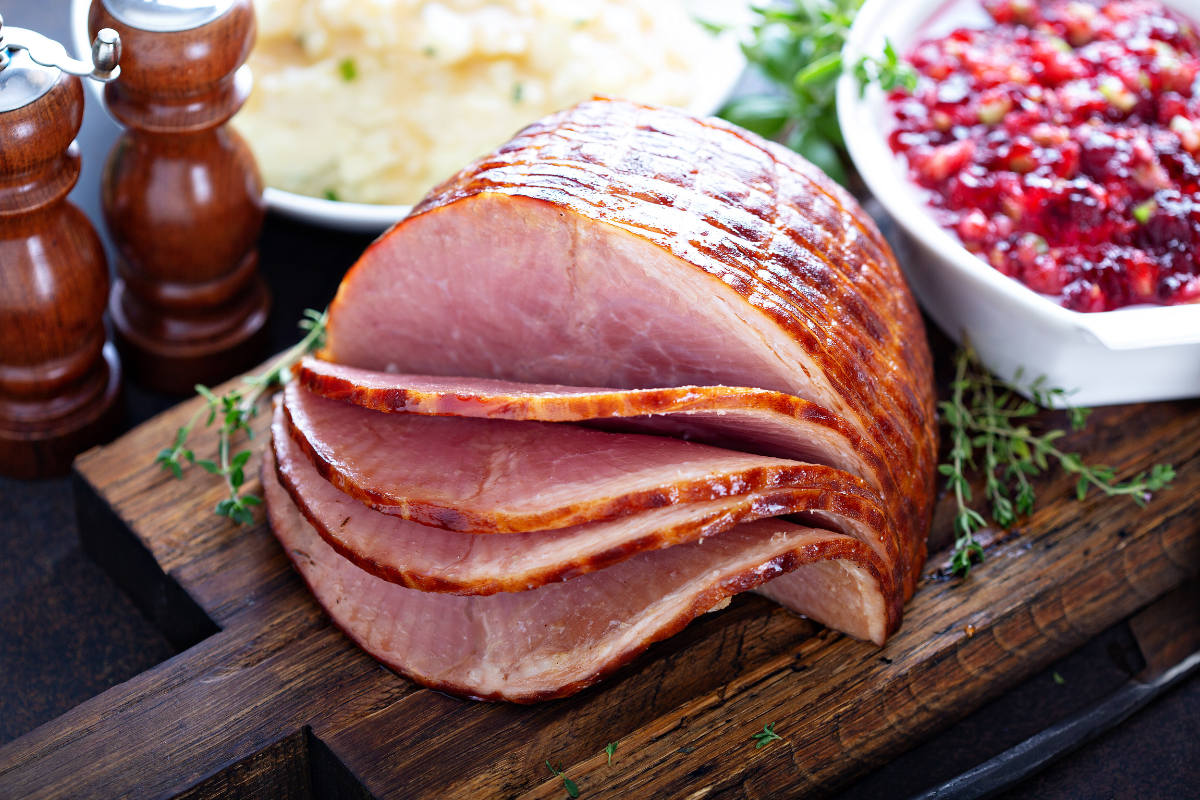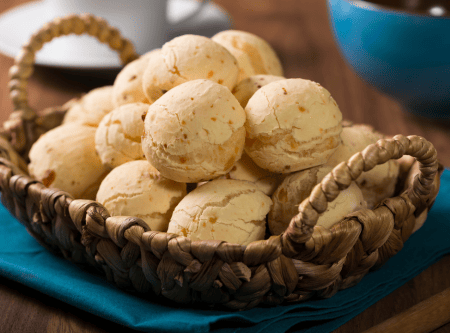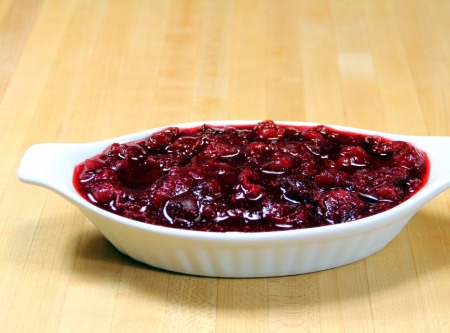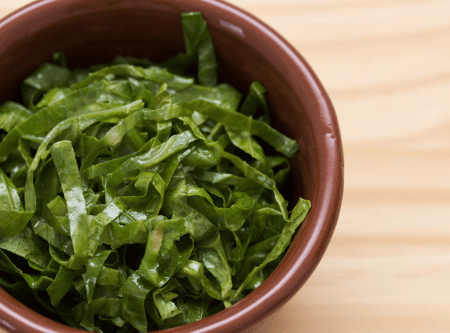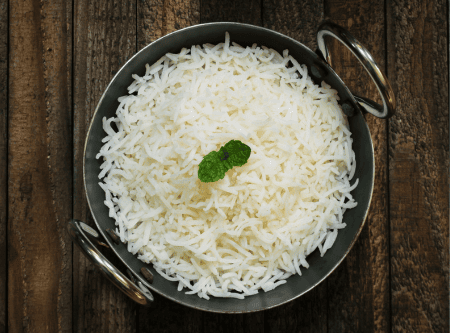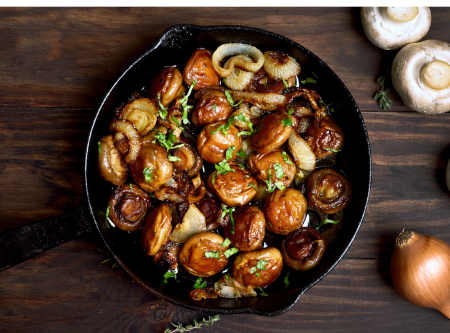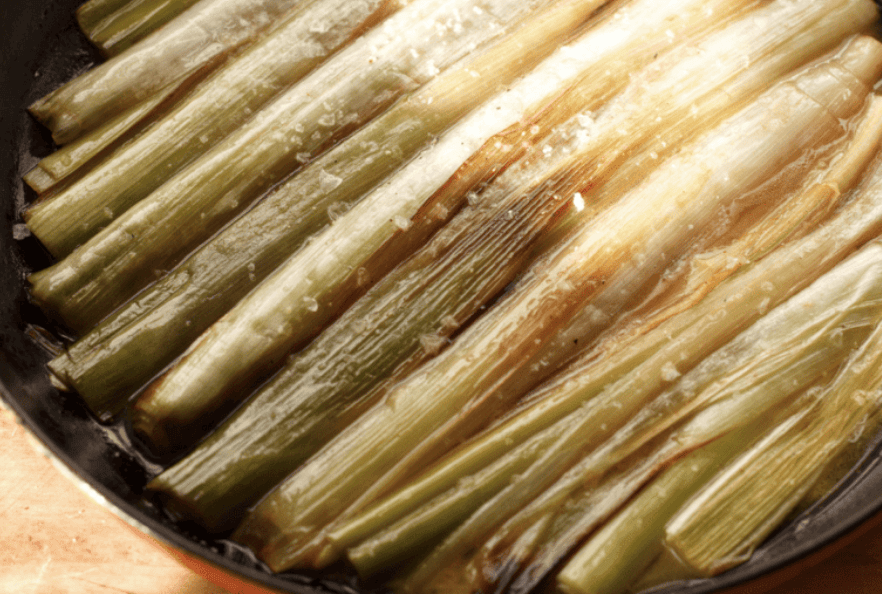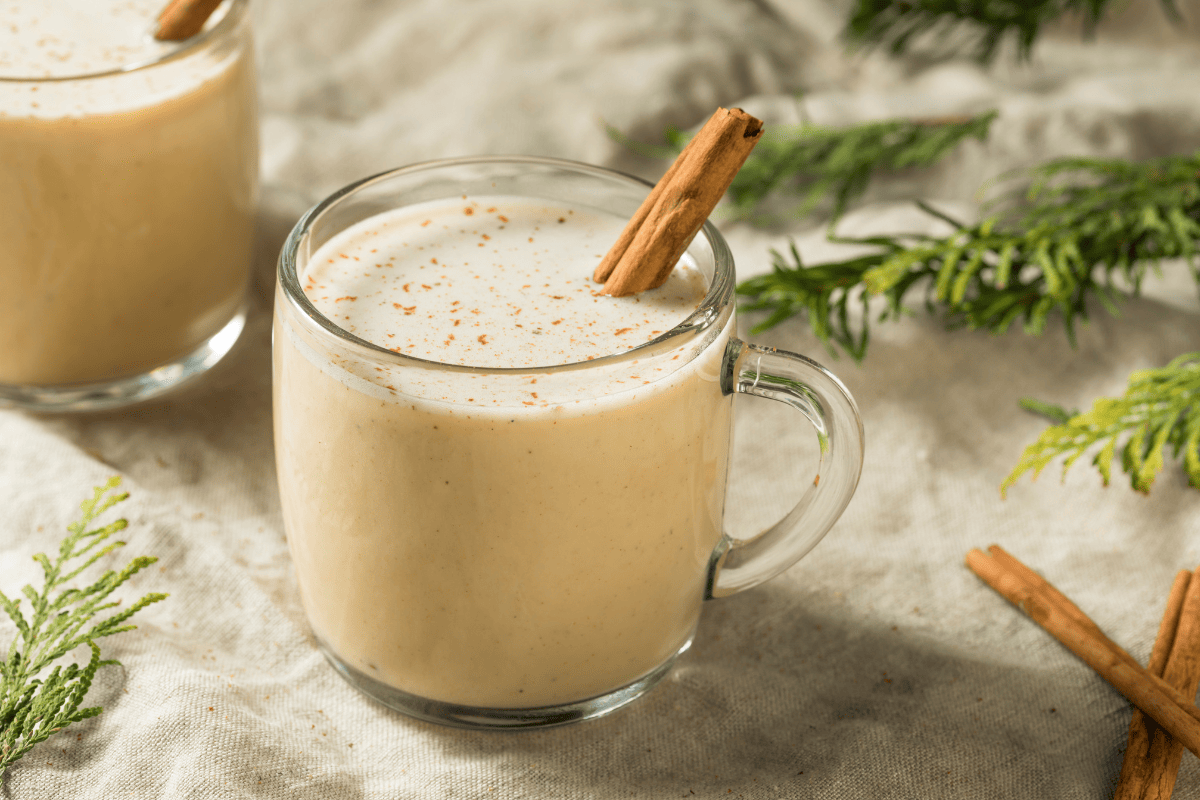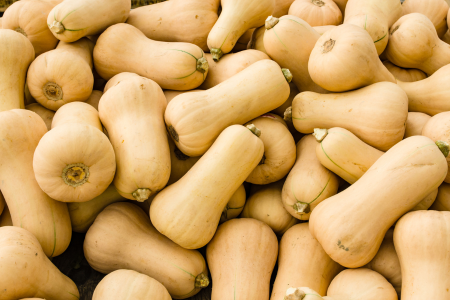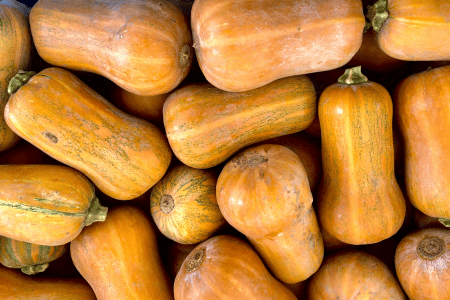
As the clock ticks down to midnight on December 31st, people around the world eagerly anticipate the arrival of the New Year, each culture bringing its unique traditions and customs to the festivities. In Brazil, New Year’s Eve is a vibrant and lively celebration, marked by a fusion of cultural influences that make it truly one-of-a-kind. Let’s take a look at some of the quintessential traditions of New Year’s Eve in Brazil. Maybe you’ll adopt one or two for your own celebration!
How Brazilians Ring in the New Year
New Year’s is called Reveillon in Brazil. The word comes from the word “reveiller” in French, which means “to waken.” It describes a feast held until morning.
There are a few key traditions associated with New Year’s Eve in Brazil, all designed to encourage prosperity and peace over the next 365 days:
Wearing White
Many of the New Year’s Eve traditions in Brazil are derived from the Afro-Brazilian religions of Candomble and Umbanda. Candomble incorporates aspects of many of the religions of West Africa, which is where a majority of Brazilian slaves came from. Meanwhile, Umbanda is a medley of Afro-Brazilian and certain Roman Catholic traditions.
One of the Afro-Brazilian traditions adopted for New Year’s is dressing in white from head to toe. In Candomble and Umbanda, the color white symbolizes purity, peace, and renewal. Remember that Brazilians do not merely say “Happy New Year” on New Year’s Eve. They say, “New Year, New Life.” Wearing white symbolizes this expression.
Offerings to Yemanjá
Along the coast, particularly in Rio de Janeiro and Bahia, worshippers and revelers alike participate in the traditional offering of white flowers, soaps, necklaces, hair combs, and other small trinkets to Yemanja. Yemanja, also spelled Lemanja, is the Candomble and Umbanda goddess of the sea. The items are placed in small boats and gently pushed out to sea. In return for their offerings, Brazilians request protection and good luck for the year.
Feasting on Lentils and Pomegranates
New Year’s Eve in Brazil also involves the consumption of pomegranates and lentils. The way you eat the pomegranate is important: you eat the flesh but save the seeds. You then wrap seven of the seeds in paper and put them in your wallet to attract wealth. (Don’t worry, they don’t have to stay there all year–just until January 6.)
Meanwhile, lentils are a popular meal at family gatherings for New Year’s Eve in Brazil. Lentilha da sorte, a stew of lentils, veggies, and pork sausage, is a particular favorite. Like the pomegranate, there are rules for making the most out of your lentils at New Year’s: stand on a chair, table, or other high place and take seven even bites of lentils to attract luck and prosperity in the coming year.
Fireworks and Street Parties
New Year’s Eve in Brazil is renowned for its spectacular fireworks displays and lively street parties. Major cities like Rio de Janeiro host enormous gatherings, with music, dancing, and a contagious energy that fills the air. The iconic Copacabana Beach in Rio is a focal point for millions of revelers, as they gather to witness breathtaking fireworks and take part in the largest New Year’s Eve party in the world.
Jumping Over Seven Waves
Another tradition for New Year’s Eve in Brazil involves jumping over seven waves at midnight, making wishes with each leap. Even non-coastal citizens travel hours to the sea so they can complete this ritual. The number seven holds special significance in Afro Brazilian culture. In this case, successfully leaping over seven successive waves means you will overcome obstacles in the New Year.
Wearing Colorful Undergarments
While many Brazilians choose to wear white clothing on the outside, under the clothing is a different story. Most are wearing brightly colored undergarments, the color carefully selected to represent individual desires. Yellow, for example, symbolizes money and success; red can ignite passion and love, and orange may stimulate creativity.
Bay Leaves for Wealth
If pomegranate seeds aren’t your thing, you can also put a bay leaf in your wallet with some cash. Unlike the seeds, however, you must leave the bay leaf in the wallet for the whole year, then donate the money to charity on December 31. The bay leaf must then be discarded in a running water source, like a stream or the ocean.
Easy New Year’s Eve Dinner
Brazilian New Year’s Eve celebrations are a captivating blend of cultural diversity, spirituality, and exuberance. The customs and traditions reflect the nation’s rich history and the resilience of its people. Among other traditions, good food is a part of any Brazilian celebration.
Make it easy on yourself this year and pre-order Texas de Brazil’s Beef Ribs Holiday Feast for your New Year’s Eve Celebration. This ready-to-eat kit feeds up to eight people. Tender, fall-of-the-bone ribs are accompanied with your choice of two sides, like our garlic mashed potatoes or feijoada black beans with crispy farofa topping. You’ll also receive a dozen Brazilian cheese bread rolls and a side of chimichurri for the ribs. Make sure you get your order in today before we sell out!

